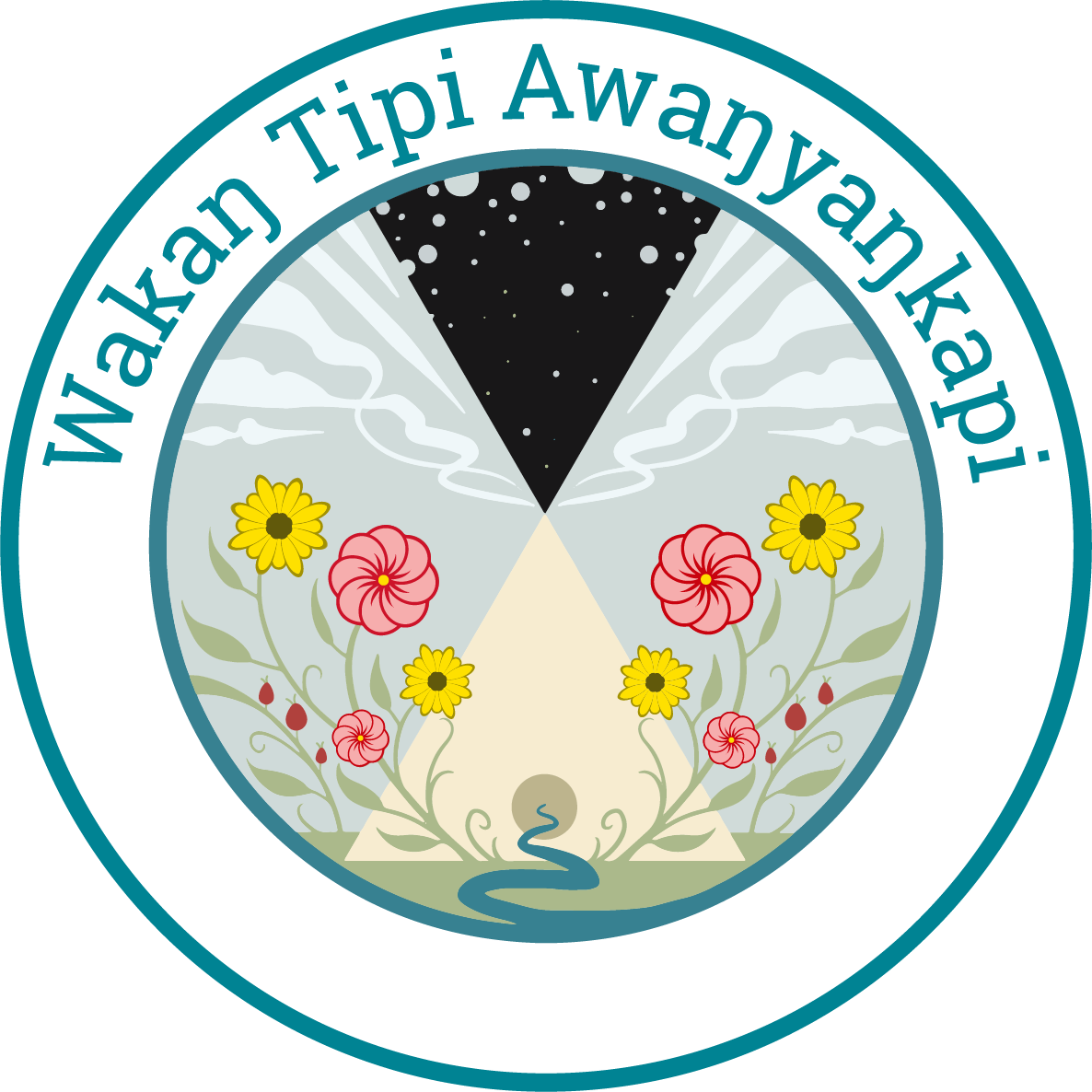"I don't speak Dakota. How do you say Wakaŋ Tipi Awaŋyaŋkapi?"
Wakan Tipi Awanyankapi means “those who take care of Wakan Tipi” in Dakota. As with any language, it's important to practice saying each word slowly to ensure you're pronouncing everything correctly. In Dakota, there are some letters that don't exist in the English language, which can be intimidating at first glance. However, if you can say words like Minnesota (Mni Ṡota), Shakopee (Ṡakpe), Chanhassen (Ċaŋhasaŋ Paha), or Minnetonka (Mni Taŋka), you're more familiar with the Dakota language than you realize!
Here is the phonetic spelling describing how each word is pronounced:
Wakaŋ (Wah-KAHN) | Tipi (TEE-pee) | Awaŋyaŋkapi (Ah-WAHN-yahn-gah-pee)
In Dakota, the letter "ŋ" is called the nasal N. To pronounce this letter, try making an "n" sound without letting your tongue touch the roof of your mouth. This letter is called the nasal N because the sound should almost feel like it's coming from your nose. Additionally, the letter K in Awaŋyaŋkapi should sound like a G and a K put together, while the K in Wakaŋ sounds like a standard English K.
Please keep in mind that the Dakota language has many dialects, and communities have different ways of saying/pronouncing words and phrases. This pronunciation guide is one interpretation of the rich language of the Oċeti Ṡakowiŋ.
Additional Dakota Language Resources
Dakhóta iápi Okhódakičhiye - Dakota language revitalization nonprofit
Tokaheya Dakota Iapi Kin: Beginning Dakota - collection of online beginner language and grammar lessons created in collaboration with the Minnesota Historical Society
Discover Dakota History - Mdewakanton: Dwellers of the Spirit Lake


